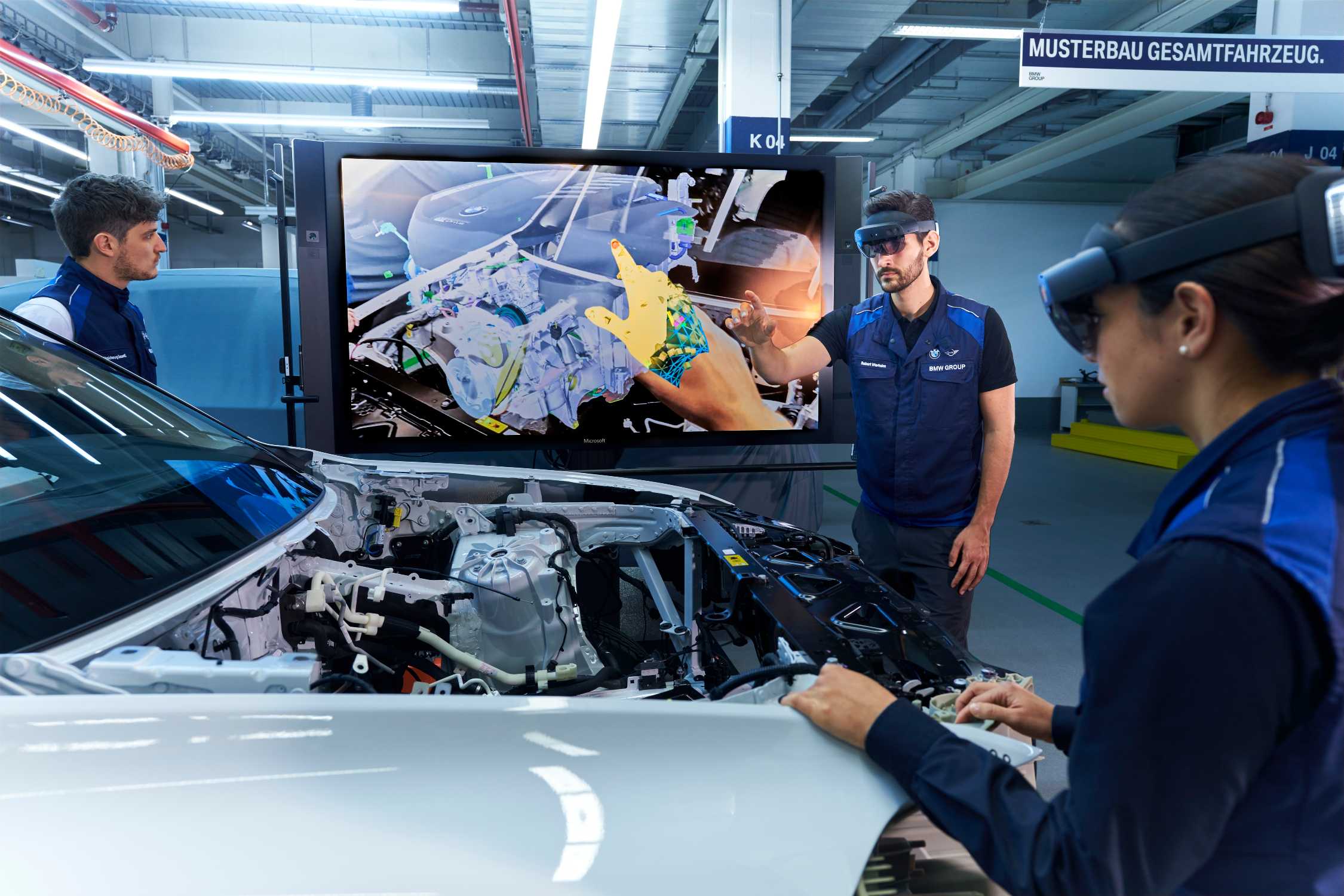Trends impacting the future of immersive learning
Immersive learning trends are actively transforming the future of education. Extended reality, the metaverse, and AI are paving the way to a future where training sessions and classes aren’t just more engaging, they’re also more impactful and efficient.
In fact, with virtual reality alone, companies can create training and development initiatives that are 52% more cost-effective and drive four times more focus from students. As the elements that power immersive learning strategies continue to evolve, new trends are emerging that could make these educational experiences even more valuable in the years ahead.
Here are some of the most significant immersive learning trends worth watching as we move into 2024.
1. New Hardware Shapes Immersive Learning Trends
Immersive learning experiences don’t have to include access to extended reality headsets and smart glasses. It’s possible to immerse employees and students in a learning experience using something as simple as 360-degree video or an AR app on a smartphone.
However, intuitive headsets and accompanying devices can make the learning experience even more memorable. New evolutions in smart glasses and mixed reality headsets, for instance, allow employees to take coaches, instructors, and digital content with them into any environment. Remote assistance tools can enable employees to collaborate with subject matter experts and instructors on the job, getting step-by-step instructions on how to complete tasks.
Additionally, advancements in accompanying technologies, such as haptic gloves and body suits, can take training simulations in VR to the next level. They can allow users to feel what it’s like to interact with specific tools, opening the door for new muscle memories.
2. Flexible Software and Low code Platforms
In the past, many companies have struggled to take advantage of the latest immersive learning trends. It wasn’t just the cost of headsets that created a significant barrier to entry. Organizations also struggled to access the developer knowledge and expertise needed to build immersive experiences. Fortunately, in recent years, this has begun to change.
Innovators in the immersive learning landscape are now providing companies with SaaS platforms where they can build, manage, and customize their own learning experiences. These tools offer companies low-code and no-code visual builders and pre-designed building blocks for immersive classrooms. As a result, smaller companies can now build unique educational environments without spending a fortune on developer expertise.
Additionally, concepts like “metaverse as a service” solutions are helping to democratize immersive technologies. Companies can work with providers to access flexible, immersive environments on a pay-as-you-go basis, reducing overall costs.
3. Advanced Artificial Intelligence
One of the most significant immersive learning trends we’ve seen in the last year or so comes from the rapid evolution of artificial intelligence. AI technologies are often used in the development of immersive experiences. They allow headsets and software to tap into capabilities like natural language processing and computer vision, powering interactive, spatial experiences.
However, now, AI is more powerful than ever. Generative AI, in particular, holds several opportunities for immersive learning. Modern Gen AI apps can help companies create the code, metaverse environments, and even virtual avatars crucial to immersive experiences. Generative bots can even be embedded into a training app to interact with students in a natural, conversational manner.
Advanced AI solutions could even open the door to immersive learning experiences that adapt and change based on employee actions. Companies can create genuinely dynamic courses and training sessions that feel unique to every learner.
4. Increased Collaboration
While not every learning experience requires collaboration, combining “immersive collaboration” with training experiences can be highly beneficial. Just as group training sessions and workshops help to strengthen bonds between employees in the real world, collaborative training sessions can synergize staff in the world of flexible work.
Flexible immersive learning tools, capable of integrating with collaboration and communication apps like Microsoft Teams or messaging tools, can lead to the development of more engaging training sessions. Companies can use these sessions to teach employees crucial soft skills connected to leadership, communication, and emotional intelligence.
Business leaders can create entire metaverse environments where employees can work, train, and share thoughts with their colleagues in a dynamic virtual environment. This could pave the way to greater employee engagement and enhanced feelings of inclusion in the workforce.
5. Blockchain in Immersive Learning
Many of the top immersive learning trends align with growing trends in the metaverse and broader extended reality landscape. For instance, various emerging metaverse environments rely on decentralized solutions like the blockchain to track data and preserve compliance.
Blockchain technology also has fantastic potential in the immersive learning space. It offers educational institutions and businesses a secure and immutable way to store and manage educational data. Companies can use their blockchain ledger to store student records, transcripts, and course materials more effectively.
In the future, as the metaverse and immersive learning concepts continue to gain traction, we may see more institutions using the blockchain. Students may be able to store and verify their educational qualifications all in one place. This would eliminate the need to communicate with colleges and training providers to get copies of transcripts and certifications.
Immersive Learning Trends: Looking to the Future
It’s difficult to fully predict the immersive learning trends that will transform how we share and consume knowledge in the years ahead. Though companies in various industries are beginning to adopt immersive learning technologies rapidly, the concept is still relatively new. We’re only just starting to scratch the surface of what’s possible in this space.
However, it seems likely that demand for immersive education will only continue to grow in the years ahead. After all, immersive learning makes it easier to share courses with the masses and leads to more powerful and engaging educational experiences.
Quelle:




